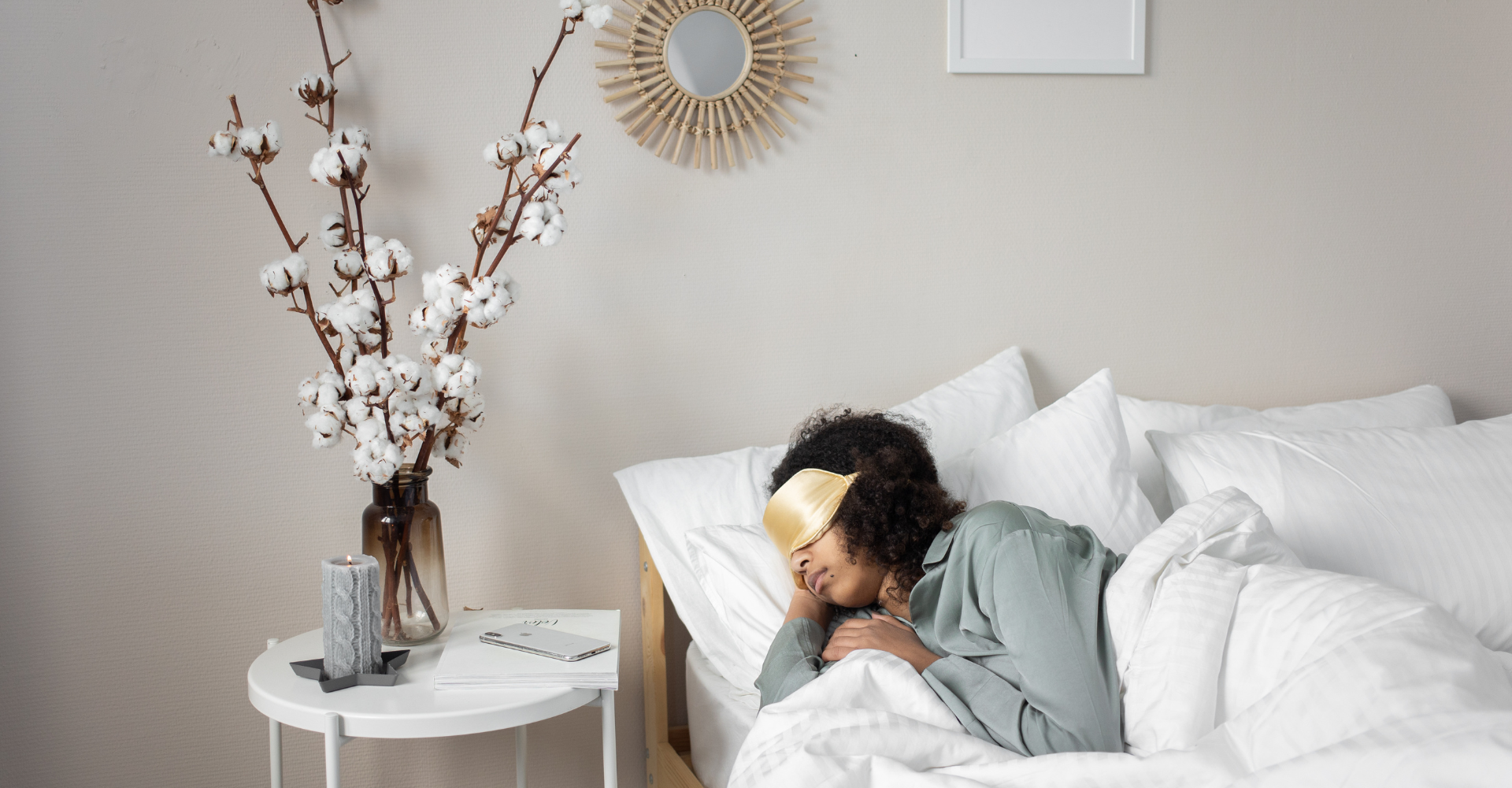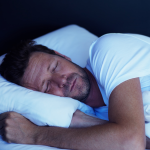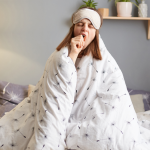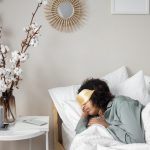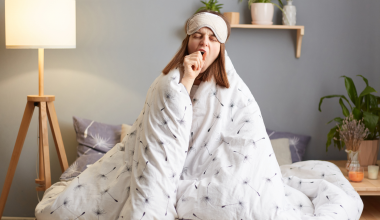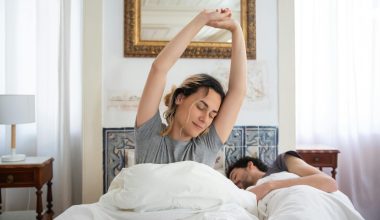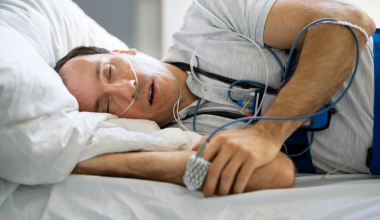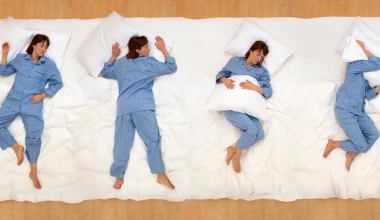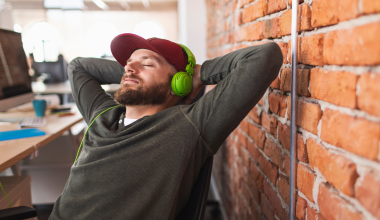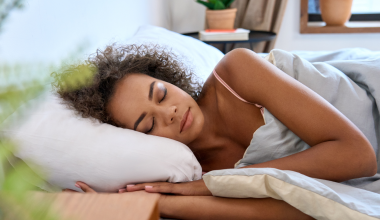Canadian adults aged 18+ sleep between 7-9 hours per night on average, but 25-33 per cent aren’t getting enough sleep.
Our ancestors used the sun as their alarm clock, rising and sleeping in rhythm to nature. The chaos of a 24/7 world has disrupted the way we sleep today, but sleep continues to be an important part of our overall health.
How we feel when we are awake is directly related to how well we slept. Quality of sleep affects our mood, cognitive ability, and how we deal with others during the day. Not only does a good night’s sleep leave us rested and ready for the day ahead, but it also helps support cognitive, heart, and metabolic functions as well as our immune system.
What is Segmented Sleep?
Monophasic sleep is one uninterrupted block of sleep per day, otherwise known as traditional sleep, ideally lasting around 8 hours. This sleep pattern aligns with our daily routines and most work schedules.
Segmented sleep is broken into shorter sleep periods throughout the day. This could take the form of biphasic sleep (two sleep periods) or polyphasic (more than two sleep periods per day). There are different iterations of polyphasic sleep based on the number of sleep/wake times, distance apart during the day, and total amount of daily sleep time.
Historical Sleep Patterns
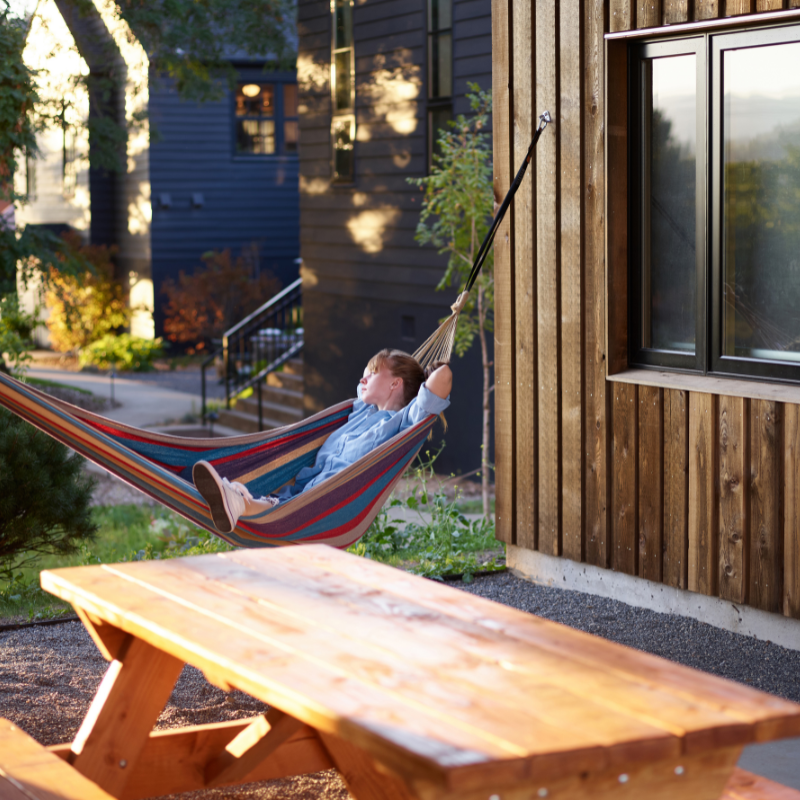
Sleep patterns have changed over the years, but the need for sleep has remained constant. In pre-industrialized society, the idea of a first and second sleep separated by a short period of awake time in the middle of the night was quite common.
Ancestors would go to sleep in the evening and awake around midnight for a couple of hours. During this time, they would read, pray, or even visit with a neighbour. They would then return to sleep until morning.
Seasonality also played a part in how long our ancestors slept. Due to colder temperatures and shorter daylight hours, sleep tended to be longer. The warmth of summer and longer daylight hours meant longer awake hours.
Modern Sleep Patterns
With the advent of the Industrial Revolution, the way we sleep evolved. A more defined workday and the invention of the lightbulb meant bedtime wasn’t associated with sundown. Sleeping for a block of time to accommodate a more defined workday became the new norm.
However, technology, electronics, a global economy that never closes, and even the rise in caffeine and alcohol consumption affect our sleep.
The never-ending hustle of today’s world has also impacted how we sleep. We can travel the world back and forth from midnight to dawn. There are never enough hours in the day, and, unfortunately, we treat sleep as our sacrificial lamb as we try to squeeze more and more out of a day.
Historically, segmented sleep wasn’t about increasing productive awake time, yet we have adopted a monophasic sleep pattern that continues to become shorter in the hopes of becoming more productive. So, are we sleeping less than our ancestors?
Risks and Benefits

Although there isn’t enough research to support the benefits of segmented sleep, some people claim they experience increased productivity. If we sleep less and use our awake time constructively, we can accomplish more daily. Some claim the shorter bursts of sleep keep them alert and impact memory and thinking.
Some populations have lifestyles where a form of segmented sleep works better. Ask any mother about her sleep patterns, and she will describe a form of polyphasic sleep. Shift workers like law enforcement officers, medical practitioners, military, and students have lifestyles that hinder sleeping a full 8-hours.
We know sleep is essential for our health. According to the Cleveland Clinic, when we don’t sleep enough, there are adverse side effects like reduced reaction time and cognitive ability, increased risk of cardiovascular disease, high blood pressure, slower metabolism, higher cortisol levels leading to weight gain, as well as mental and emotional stress.
Some cultures have adopted biphasic sleeping. It involves sleeping at night and having a nap in the afternoon. It is a way to avoid the oppressive heat of the afternoon and is a way to rest and refresh for the end of the workday.
With more people globally working from home, biphasic sleep may be an option to compensate for our lost hours of sleep at night. These naps can boost productivity and mood.
Stay up to date on all things sleep with our Sleep Section. Bookmark it today ==>>
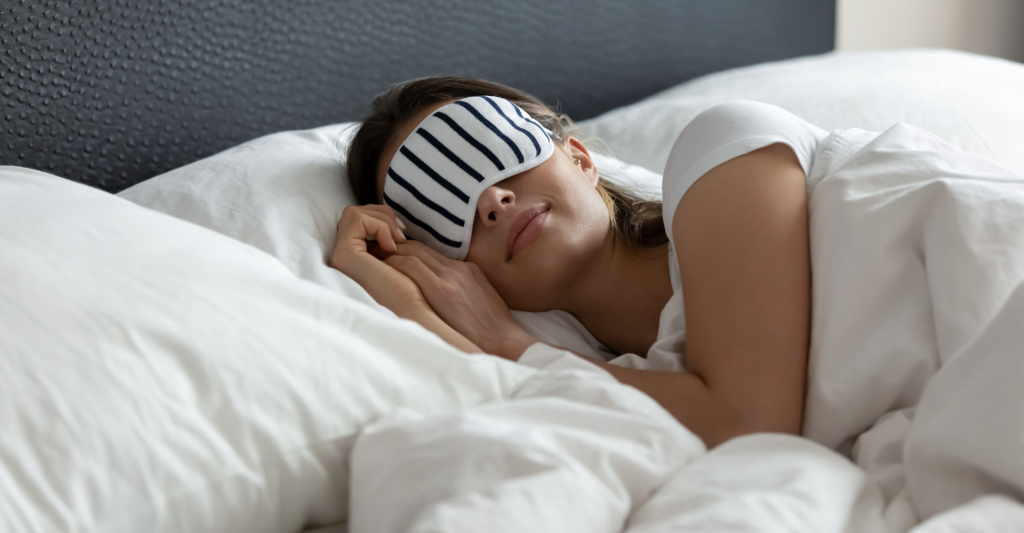
Future of Sleep
Sleep science continues to evolve, and scientists recognize that sleep is the foundation of good health. Because of this, the focus on sleep health is waking up.
Here are some new trends and tools to help us get a good night’s sleep:
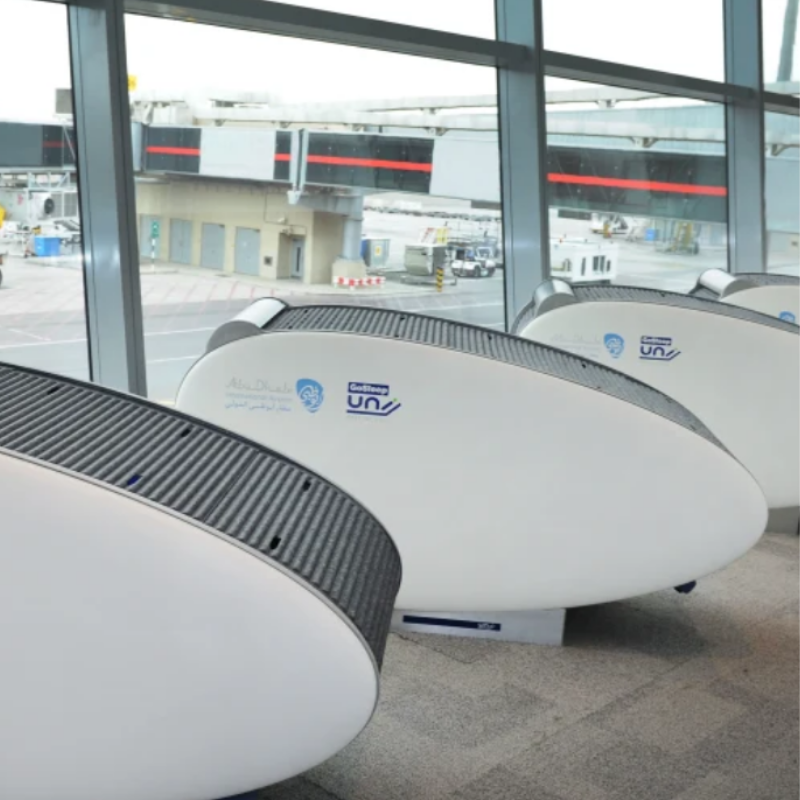
- AI for sleep – Artificial intelligence is a great way to personalize sleep through wearable devices. Not only does it enable a better understanding of sleep behaviour, but it can also impact how science innovates in sleep health in future.
- Sleep tourism – Vacations are a time to recharge and reset. Sleep retreats are popping up across the globe and offer a relaxing setting complete with holistic and educational programs to give guests the ultimate sleep experience. Even hotels are improving guest rooms with better lighting, pillows, linens, and mattresses to ensure a restorative night. Other items like air purifiers, black-out blinds, aromatherapy are also added into the room.
- Sleep pods – Some airports are installing sleep/nap pods for overnight layovers or delayed flights. Travelers can enjoy a private space to rest rather than curling up on the uncomfortable seating at the gate. The cost to use one will depend on the time of day and length of time you use it, but expect an average of approximately $20 CAD per hour.
- Menopause and sleep – The Health Insider reported sleep could be affected during menopause. In recent years, there has been increased focus surrounding women’s health and menopause. leading to more studies on optimizing sleep patterns during this time of life.
- Smart bedrooms – Level up sleeping spaces with technology to create a better sleep experience. Smart beds can now adjust the temperature as we sleep, have massage settings to help us relax, and have built-in air purifiers and tracking pads that monitor sleep patterns. Pillows can be equipped with sensors that track sleep metrics and snoring. Alarm clocks can mimic daylight or use scents to wake us naturally versus the stark sound of traditional ones.
- Sleep divorce – More and more loving couples are divorcing for the night. Sleep divorce can mean two beds in one room or two separate rooms. Each partner can create an environment that improves their sleep quality.
- Sleep Hygiene – This concept describes a set of habits used to ensure healthy sleep. Creating good sleep hygiene includes consistency in bed and waking time, a bedroom that is quiet, dark and clutter-free, meditation, a bed-only zone, no electronic devices in the sleeping area, no screen time at least one hour before bed, no heavy meals before bed, and limited caffeine and alcohol. Sleep trackers are a great tool to measure sleep habits.
- Sleep games – Everything is being gamified, even sleep. Pokémon Sleep is a game that tracks and records sleep simply by placing a smart device by our pillow. Even the apps used with sleep apnea machines score sleep quality based on criteria of mask seal, hours used, etc.
- Sleep apps – Sleep apps are becoming more popular as people realize the importance of sleep. These apps help calm racing thoughts and promote relaxation to bring on sleep through sleep stories or quiet sounds. These are no different from the bedtime stories or music box lullabies we use in children’s sleep routines.
One Final Thought Before Sleep Takes Over
Whether we sleep in one chunk of time or divide our sleep into multiple chunks, sleep quantity and quality are important for good health. However, quality is vital for proper rest and recovery. Technology and science continue to develop to enhance the quality of our sleep experience, making counting sheep a thing of the past.
Celebrity Segmented Sleepers
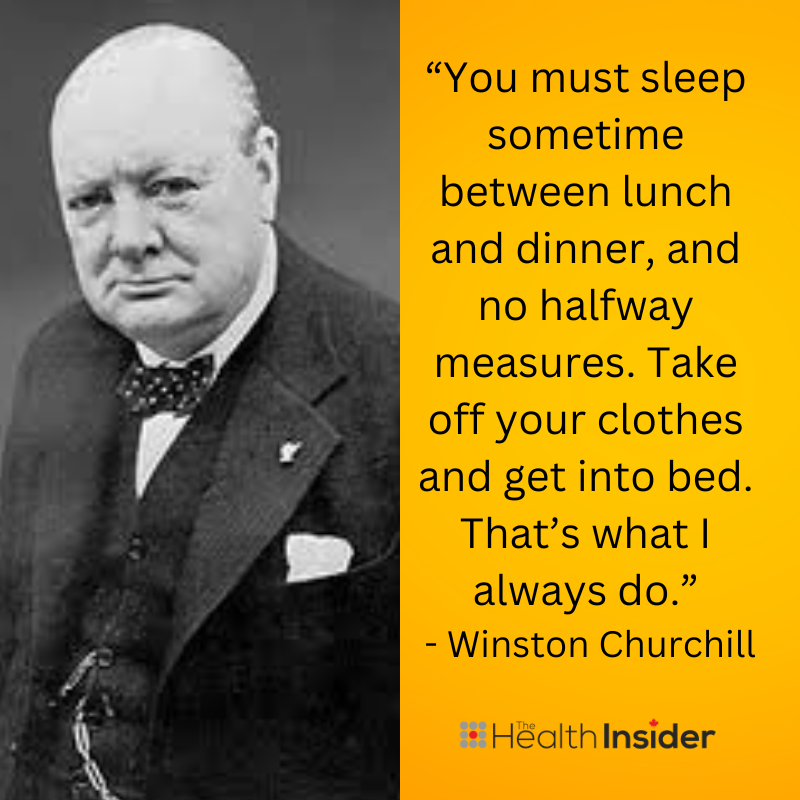
Cristiano Ronaldo gets 10 hours of sleep, but not in one chunk. He breaks down his total hours of sleep into five 90-minute naps during the day and one 2.5-hour sleep from 3-5:30 a.m.
Leonardo DaVinci was a remarkable inventor, artist, scientist, and the ultimate polyphasic sleeper. Instead of tucking himself into bed at a decent hour and sleeping a good chunk of time, Da Vinci would take 20-minute naps at regular intervals throughout the day. It is said he slept a total of 2 hours per day.
Winston Churchill’s sleep cycle was less intense than DaVinci and Ronaldo. He adopted a biphasic sleep routine that involved one 5-hour block of sleep at night with a 2-hour nap in the afternoon. This routine mirrors the sleep patterns of many Western Europeans, where a nap after a large lunch is still the norm.
Sleep is a necessity in life and it can be a relief to know that one size does not fit all. As long as you get enough sleep and it works for your lifestyle, you’re good to go.
~ Read more from The Health Insider ~
- Sleeping Well Again: How CBT-I Rebuilds Your Sleep From the Ground UpCBT-I offers a proven, long-term alternative that retrains the brain to sleep again, transforming insomnia treatment in Canada.
- Struggling With the Time Change? Here’s How to Get Back on TrackLosing or gaining an hour can mess with your energy, mood, and sleep. Here’s how to help your body adjust naturally to the time change.
- This Free Sleep Tool Could Be the Key to Feeling Rested AgainTrouble falling asleep? Waking up groggy? This free tool can help you sync your sleep to your body’s clock for better rest and brighter mornings.
- Sleep Apnea Testing At Home: How Good Is It?Home Sleep Apnea Testing offers a simpler way to diagnose Obstructive Sleep Apnea. But a careful examination reveals some of its possible shortcomings.
- The Future of Sleep: It’s About Tech and SegmentsFrom segmented sleep to modern trends, our 24/7 world is disrupting sleep like never before. Can technology help us rest better—or make it worse?
- The Hazard of Ignoring Sleep Apnea: How it Can Trigger Alzheimer’sExtremely underdiagnosed, Statistics Canada predicts as much as a quarter of Canadians have or are at high risk of having sleep apnea. A mere 6.4 per cent of Canadians have an official diagnosis, leaving most people without help.
The information provided on TheHealthInsider.ca is for educational purposes only and does not substitute for professional medical advice. TheHealthInsider.ca advises consulting a medical professional or healthcare provider when seeking medical advice, diagnoses, or treatment. To read about our editorial review process click here.

